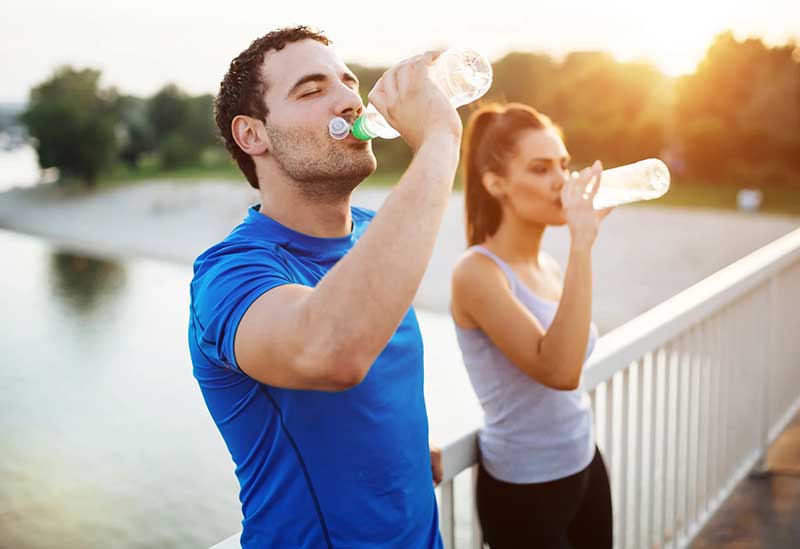Exercising outdoors can be refreshing, but when temperatures rise, working out in hot weather comes with risks. Whether you’re jogging, cycling, or doing strength training outdoors, understanding how to protect yourself is essential. Here are important factors to consider to keep yourself safe and healthy while staying active in the heat.
1. Stay Hydrated Before, During, and After
Hydration is critical when you exercise in hot weather. High temperatures cause your body to sweat more, leading to faster fluid loss. This can result in dehydration, which affects your performance and increases the risk of heat-related illnesses. Start drinking water well before your workout and continue to sip water during your session. For longer workouts, especially those over an hour, consider beverages with electrolytes to replenish lost minerals.
2. Timing Matters
Avoid exercising during the hottest part of the day, typically between 10 a.m. and 4 p.m. Instead, plan your workout for early morning or late evening when temperatures are cooler. This reduces your risk of overheating and allows for a more comfortable experience.
3. Dress Smart
Your choice of clothing makes a difference when working out in the heat. Wear lightweight, loose-fitting clothes made from moisture-wicking fabrics to help your body stay cool and dry. Light colors reflect the sun’s rays, while darker clothing absorbs heat. Don’t forget to wear a hat and sunglasses to protect your face and eyes from direct sunlight.
4. Use Sunscreen
Sun exposure can damage your skin even during short workouts. Apply sunscreen with at least SPF 30 before heading outside, and reapply if you sweat heavily. This protects your skin from sunburn, which can further stress your body and make cooling down more difficult.
5. Know the Signs of Heat Exhaustion and Heat Stroke
Heat exhaustion and heat stroke are serious risks when exercising in hot weather. Symptoms of heat exhaustion include dizziness, nausea, excessive sweating, muscle cramps, and a rapid pulse. If left untreated, this can progress to heat stroke, a life-threatening condition characterized by confusion, lack of sweating, and very high body temperature. If you experience any warning signs, stop immediately, find shade, and hydrate.
6. Adjust Your Intensity
Hot weather puts extra stress on your cardiovascular system, making workouts feel harder than usual. It’s important to listen to your body and lower the intensity if needed. Consider shorter sessions, slower paces, or adding more breaks to cool off.
7. Acclimate Gradually
If you’re not used to exercising in the heat, give your body time to adjust. Start with shorter, easier workouts and gradually increase the duration and intensity over several days. This allows your body to improve its ability to cool itself efficiently.
8. Choose Shaded Routes
Whenever possible, pick workout routes with shade from trees or buildings. Shaded areas can be several degrees cooler than direct sunlight, making your workout more tolerable.
Final Thought
Exercising in hot weather can be rewarding, but it requires smart planning and awareness of your body’s signals. By staying hydrated, dressing appropriately, avoiding peak heat times, and knowing the signs of heat-related illnesses, you can stay safe and make the most of your summer workouts.
